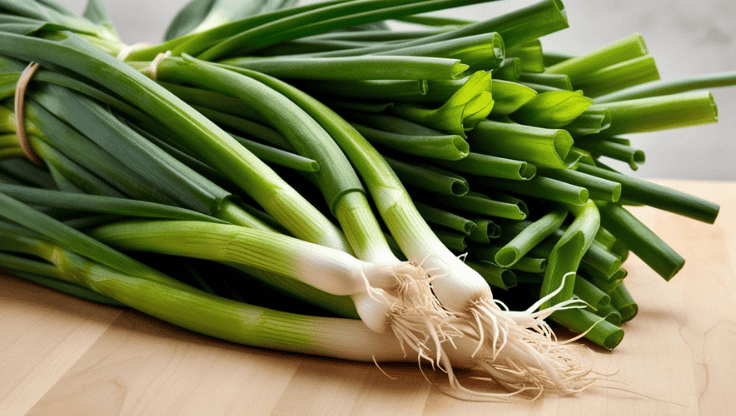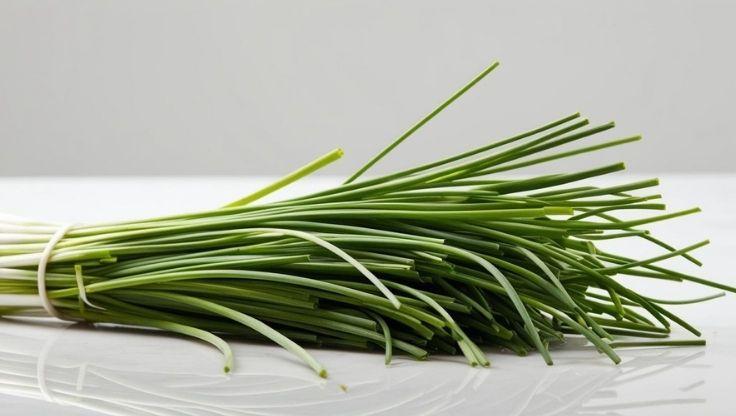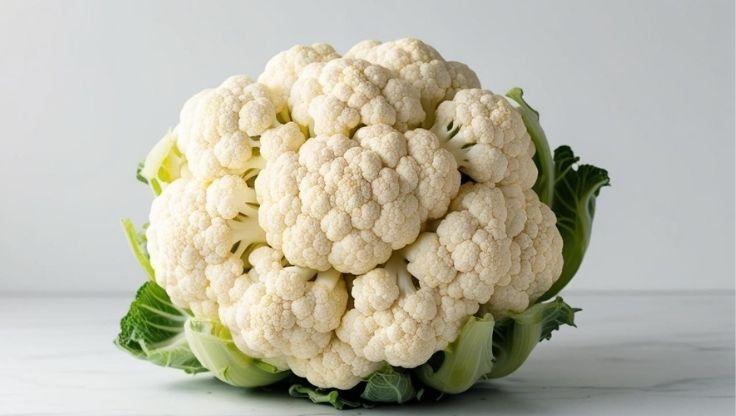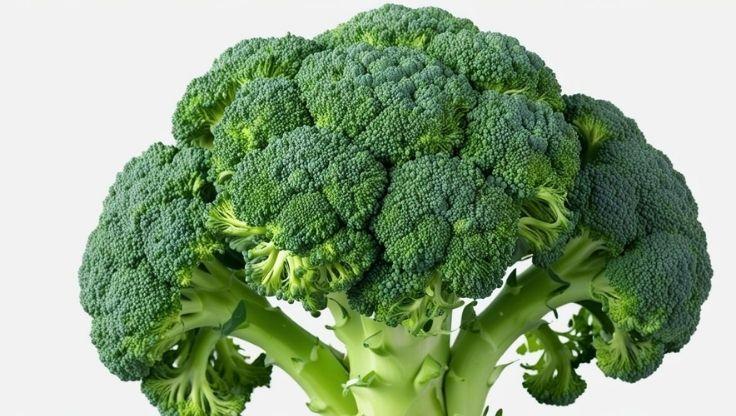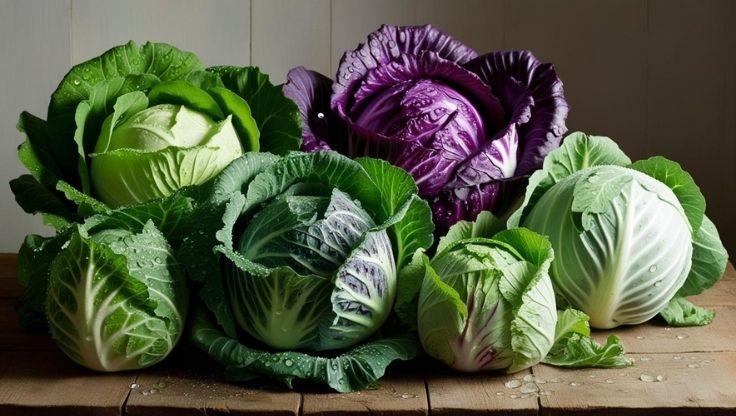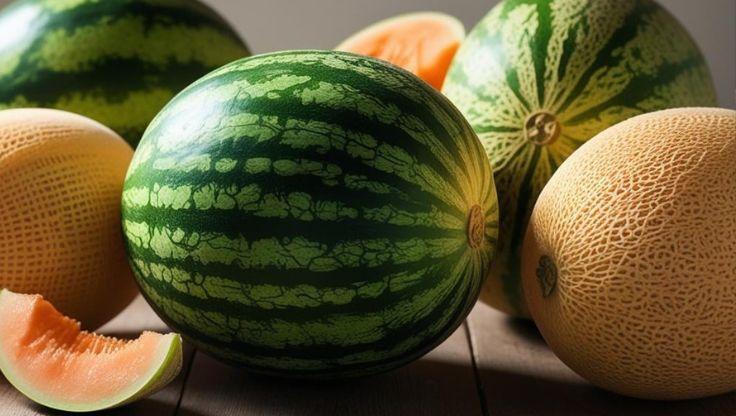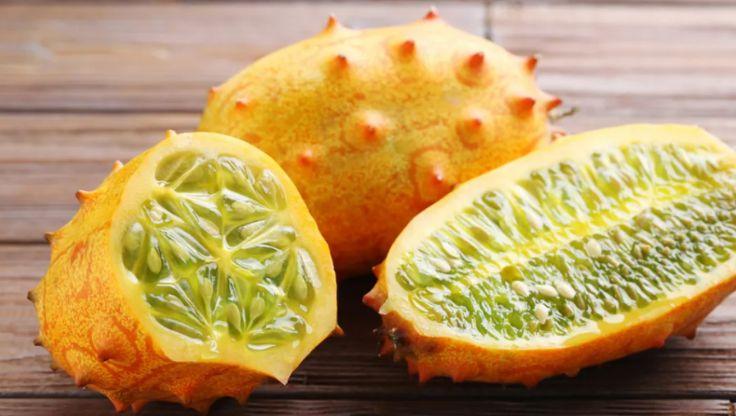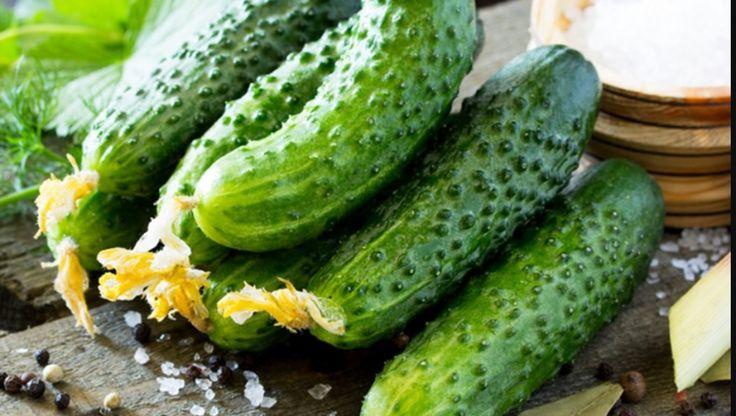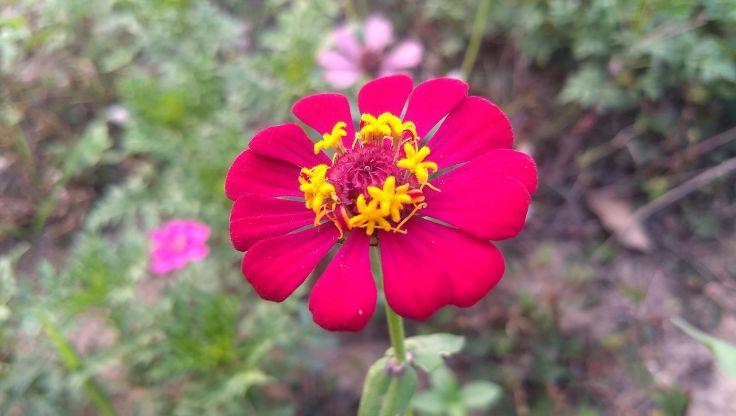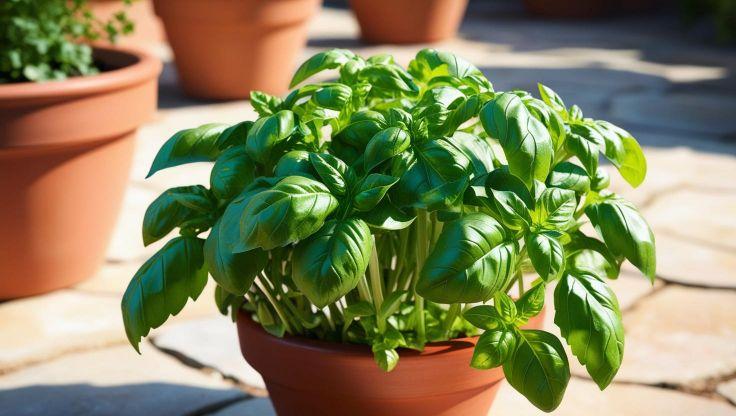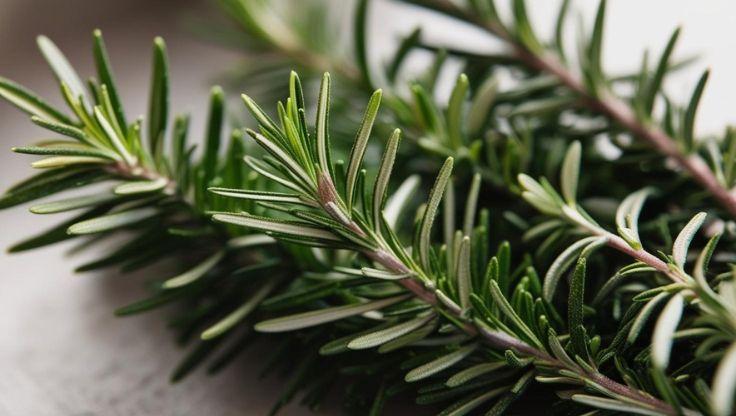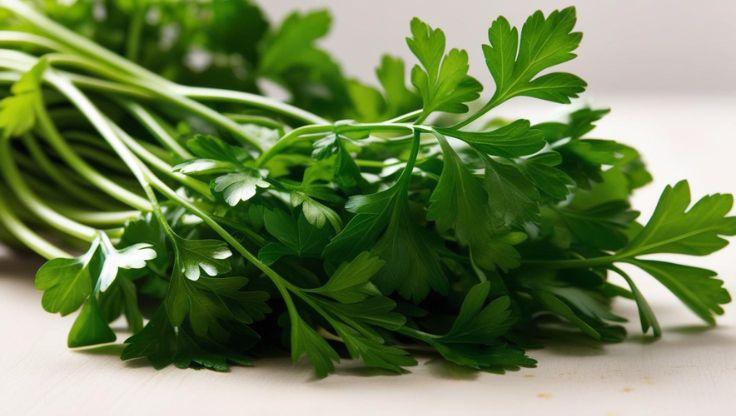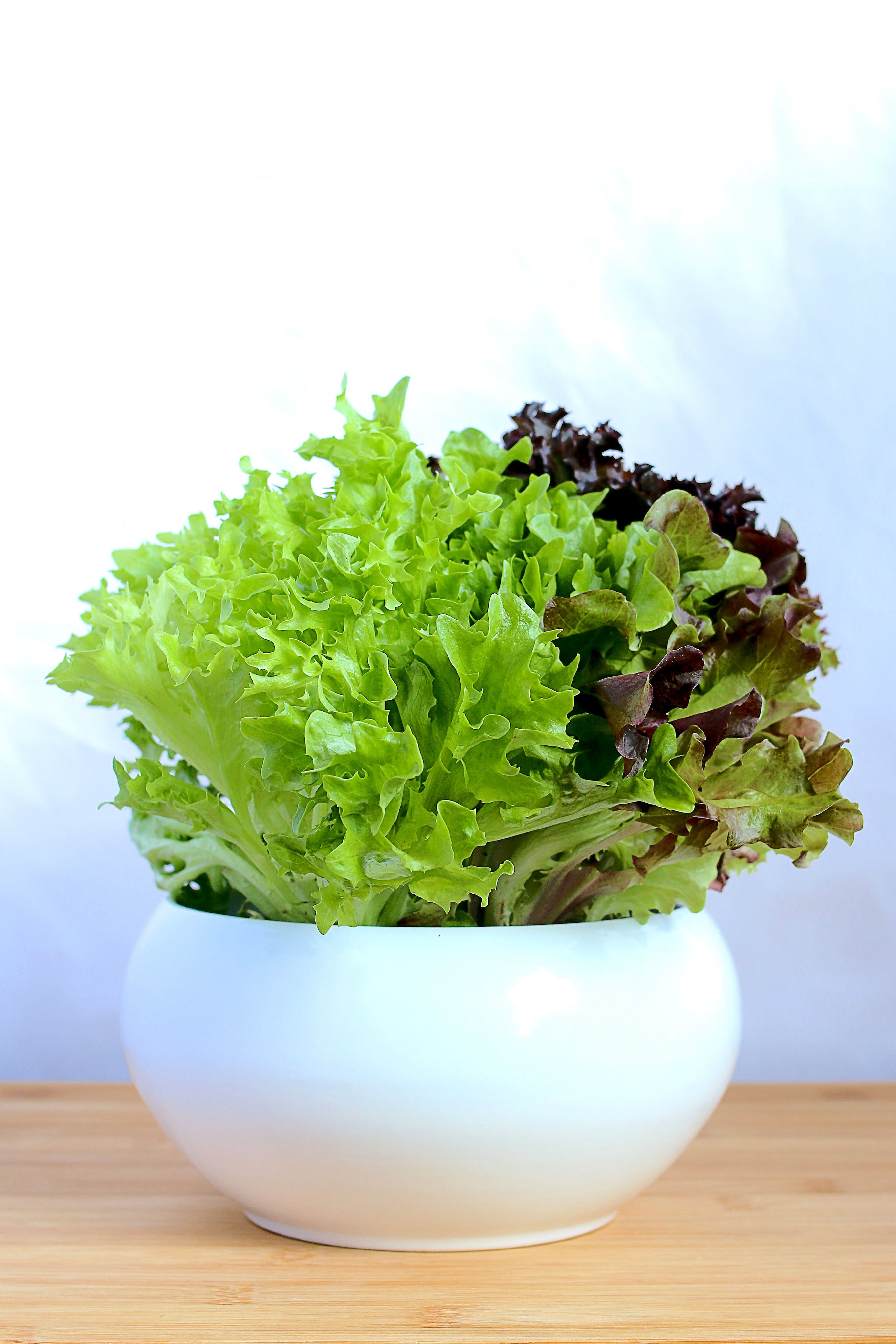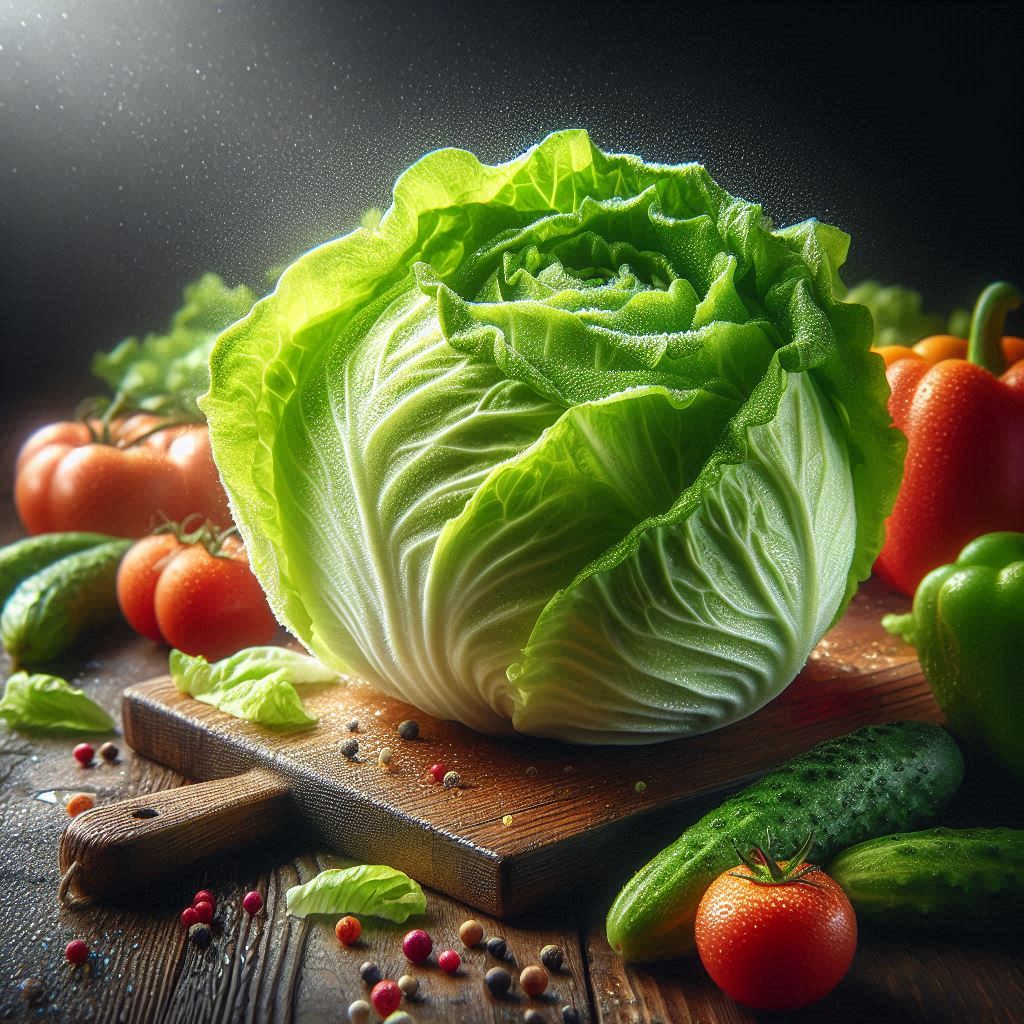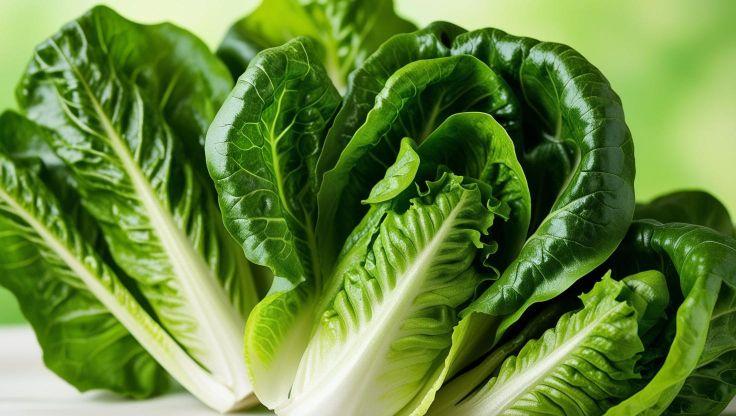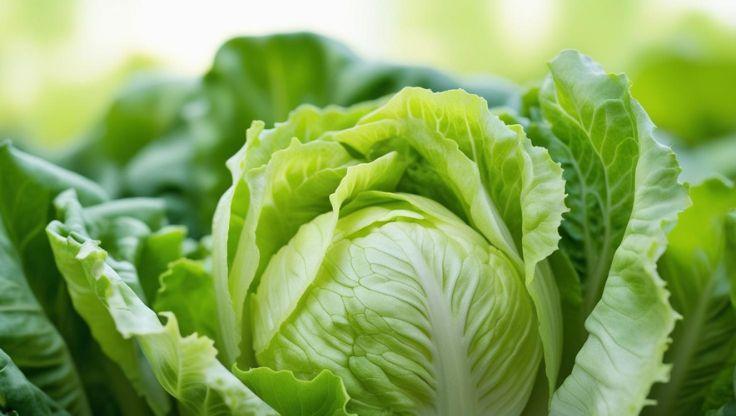Hydroponic Plants: Radish Cultivation & Benefits

Hydroponic Growing Conditions for Radish
Optimal pH and EC Levels
Maintaining precise pH and electrical conductivity (EC) levels is crucial for hydroponic radish cultivation. The ideal pH range is 5.8–6.5, ensuring efficient nutrient uptake and preventing deficiencies. Additionally, EC levels between 1.2–2.2 mS/cm support balanced mineral absorption, promoting steady root development and overall plant health.
Regular monitoring and adjustments are necessary, as fluctuations in pH or EC can impact growth rates. Young seedlings may benefit from slightly lower EC levels to encourage root establishment before transitioning to higher concentrations for optimal nutrient absorption.
Light, Temperature, and Humidity Requirements
Radishes thrive under 12–16 hours of full-spectrum LED lighting, which supports consistent photosynthesis and robust root formation. The recommended temperature range for hydroponic radish is 13–24°C (55–75°F), ensuring steady metabolic activity and preventing stress-related growth issues.
Maintaining humidity levels between 50–70% is essential to prevent dehydration and promote healthy root expansion. Excessively low humidity can lead to slow growth, while overly high humidity increases the risk of fungal infections such as powdery mildew.
Best Hydroponic Systems for Radish
Several hydroponic systems efficiently support radish growth, each offering unique advantages:
- Nutrient Film Technique (NFT) – Provides a continuous flow of nutrient-rich water, ensuring efficient root hydration and nutrient absorption.
- Deep Water Culture (DWC) – Immerses roots in a nutrient solution, promoting rapid development and moisture retention.
- Ebb & Flow (Flood & Drain) – Periodically floods and drains the grow tray, balancing root oxygenation and nutrient supply.
Selecting the appropriate hydroponic system depends on space availability, resource management, and desired yield efficiency. Each method offers distinct benefits, making hydroponic radish cultivation adaptable to various growing conditions.
Nutrient Solutions and Water Management for Hydroponic Radish Cultivation
Essential Nutrient Composition
A well-balanced nutrient solution is crucial for hydroponic radish growth, ensuring optimal root development and overall plant health. The recommended nutrient concentrations include:
- Nitrogen (N): 160 ppm – Supports vigorous leaf and root growth.
- Phosphorus (P): 50 ppm – Enhances root formation and energy transfer.
- Potassium (K): 200 ppm – Strengthens plant resilience and improves water regulation.
- Calcium (Ca): 140 ppm – Essential for cell wall integrity and disease resistance.
- Magnesium (Mg): 70 ppm – Aids in chlorophyll production and photosynthesis.
- Trace Elements: Iron (Fe), Manganese (Mn), and Zinc (Zn) at 1 ppm each – Vital for enzymatic functions and nutrient absorption.
Maintaining these nutrient levels ensures consistent growth rates, high-quality radish bulbs, and improved resistance to environmental stressors.
Water Quality and pH Regulation
Hydroponic radishes require clean, oxygenated water to thrive. The ideal pH range of 5.8–6.5 ensures efficient nutrient uptake while preventing deficiencies. Regular pH monitoring and adjustments help maintain stability, preventing fluctuations that could hinder plant development.
Additionally, electrical conductivity (EC) levels between 1.2–2.2 mS/cm optimize nutrient absorption, ensuring plants receive adequate minerals without excess buildup. Frequent water changes and filtration prevent contamination and maintain a balanced nutrient profile.
Optimizing Water Management
Proper water management is essential for healthy root development and disease prevention. Hydroponic systems such as Deep Water Culture (DWC) and Nutrient Film Technique (NFT) require consistent water circulation to prevent stagnation and root rot. Aeration through air pumps enhances oxygen availability, promoting strong root systems.
Cultivation Process of Hydroponic Radish Growing
Seed Germination and Early Growth
Radish seeds typically germinate within 3–7 days, provided they are maintained at an optimal temperature range of 18–24°C (65–75°F). During this stage, consistent moisture and proper airflow are essential to prevent fungal infections. As seedlings develop, they require adequate light exposure (12–16 hours daily) and a balanced nutrient solution to support early root and leaf formation.
Once seedlings establish strong root systems, they are ready for transplantation into hydroponic systems. At this stage, their roots are sufficiently developed to absorb nutrients efficiently, ensuring a smooth transition to a soil-free environment.
Maturity After Transplanting
After being transferred to a hydroponic system, radishes reach maturity within 25–40 days, depending on the variety and environmental conditions. Early cultivars, such as Cherry Belle and French Breakfast, can be harvested in 25–30 days, while later-maturing varieties, like Daikon, may require up to 40 days.
The entire seed-to-harvest cycle lasts approximately 30–50 days, influenced by factors such as light intensity, temperature stability, and nutrient availability. Proper spacing—typically 1–2 seeds per hole—ensures uniform root development and prevents overcrowding, which can lead to stunted growth.
Uses and Benefits of Hydroponic Radish
Culinary Applications
Radish is a highly versatile vegetable, widely used in both raw and cooked dishes. Its crisp texture and peppery taste make it a staple in salads, where it adds a refreshing bite and enhances the overall flavor profile. In pickles, radish provides a tangy crunch, complementing fermented flavors. Additionally, stir-fries benefit from radish’s ability to retain its firmness while absorbing seasonings, making it a valuable ingredient in Asian cuisine.
Beyond traditional uses, radish is increasingly incorporated into gourmet dishes, such as radish carpaccio, roasted radish medleys, and radish-infused sauces, offering chefs a unique way to elevate their culinary creations.
Health Benefits
Hydroponic radish is packed with essential nutrients, including vitamin C, vitamin B6, fiber, and antioxidants, which contribute to immune function, digestion, and detoxification. Its high fiber content supports gut health, aiding digestion and promoting satiety, making it beneficial for weight management.
Additionally, radish contains glucosinolates, compounds known for their anti-inflammatory and cancer-preventive properties. Studies suggest that regular consumption of radish may lower cholesterol levels and improve liver function, making it a valuable addition to a balanced diet.
Sustainability Advantages
Hydroponic farming offers significant environmental benefits compared to traditional soil-based cultivation. Water usage is reduced by up to 90%, as hydroponic systems recycle and optimize nutrient solutions. Furthermore, the absence of soil eliminates the risk of soil-borne diseases, reducing the need for chemical treatments.
The controlled environment also minimizes pesticide use, ensuring cleaner and safer produce. Additionally, hydroponic systems allow for year-round cultivation, reducing reliance on seasonal availability and improving food security. Hydroponic radish’s compact growth makes it ideal for vertical farming, maximizing space efficiency and increasing yield potential
Challenges and Solutions in Hydroponic Radish Cultivation
Common Pests and Diseases
Despite the controlled environment of hydroponic systems, radishes remain vulnerable to certain pests and diseases that can hinder growth and reduce yield. Implementing proactive management strategies is essential for maintaining plant health.
- Aphids – These small insects feed on plant sap, causing curled leaves and stunted growth. They can be managed using neem oil, insecticidal soap, or introducing beneficial insects like ladybugs to naturally control infestations.
- Powdery Mildew – A fungal disease that thrives in humid environments, causing white powder-like spots on leaves. It can be prevented by maintaining proper airflow, humidity regulation, and using organic fungicides.
- Root Rot – A common issue in hydroponic systems caused by excessive moisture and poor oxygenation. Prevention involves maintaining proper aeration, ensuring adequate drainage, and using disease-resistant rootstocks.
Solutions for Growth Issues
Hydroponic radishes require precise environmental management to optimize growth and prevent stress-related issues. Adjusting key factors such as light, temperature, and nutrient balance ensures healthy development.
- Yellowing Leaves – Often a sign of nutrient imbalances, particularly nitrogen deficiency. Adjusting nitrogen levels in the nutrient solution ensures strong leaf formation and vibrant plant health.
- Slow Growth – Insufficient light exposure can lead to delayed development. Increasing light intensity to 12–16 hours daily using full-spectrum LED lighting promotes steady growth and root formation.
- Wilting – Can result from inconsistent water temperature or poor oxygenation. Ensuring proper aeration and maintaining water temperatures between 18–22°C (65–72°F) helps prevent stress-related wilting.
Research for expert insights
For in-depth expertise and valuable insights, explore these well-researched articles.
|
Company Name |
Article Title |
Article Link |
|---|---|---|
|
Instituto Superior Tecnológico Paulo Emilio Macias, Ecuador |
Evaluation of the Effects of Nutrient Solutions as an Input Alternative in the Production of Radish |
|
|
Springer |
A Nitrogen Alternative: Use of Plasma Activated Water as Nitrogen Source in Hydroponic Solution for Radish Growth |
Their comprehensive study delivers deep insights, making them a valuable resource for readers seeking greater understanding.


